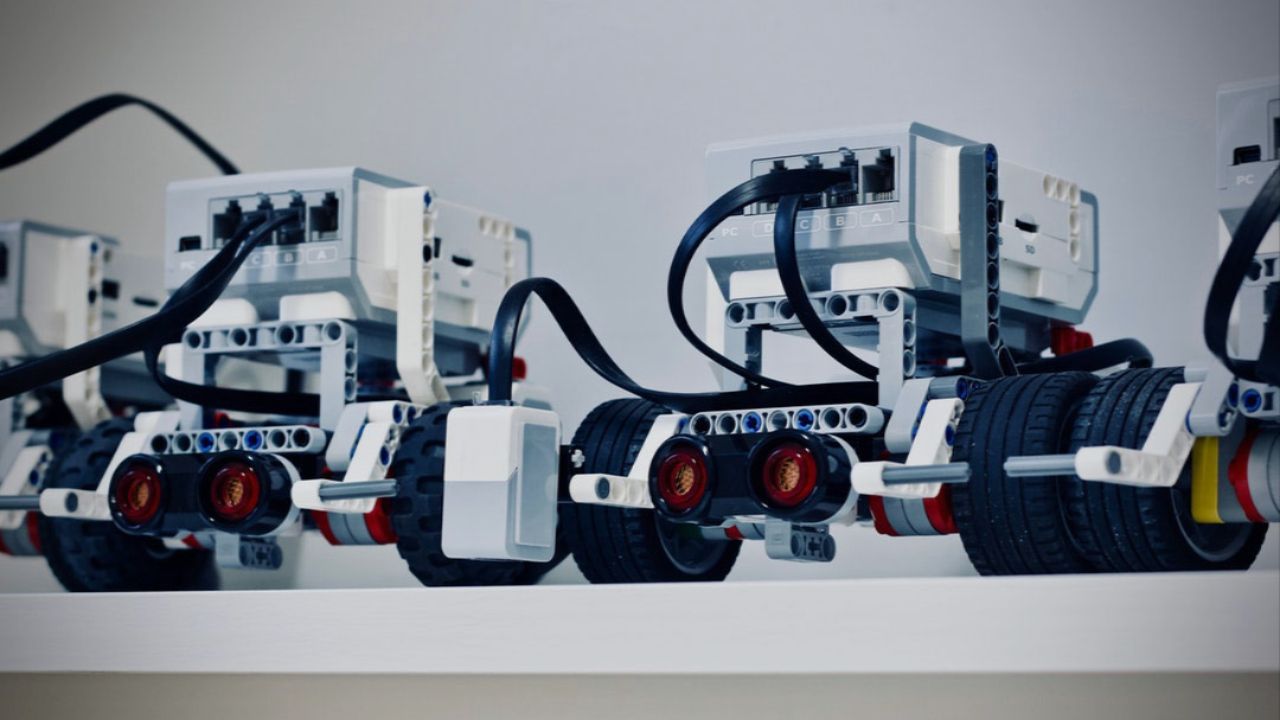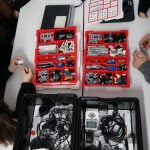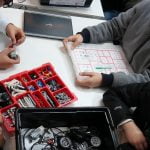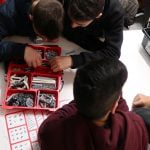Educational Robotics
Engineering

Educational Robotics is designed for high school students. Engaging in group activity, building a functionally autonomous and complex robot helps them to release their creative power and at the same time to empirically understand the concepts hidden behind Physics in an exciting way.
Each robotic structure, in order to function autonomously, needs specific programming, that is here approached by the new generation for the first time, through complex algorithms that children can easily compile in the special programming environment that Mindstorms EV3 delivers in a virtual way.
Through the interdisciplinary activities we teach students advanced programming techniques and robot modeling techniques, specially designed to solve in the real problems of the world around them. The tasks they complete using these robots, help students comprehend empirically the concepts of distance, time, speed, and mass that are difficult to learn at school because of their abstract character.
The skills of the 21st century related to the sciences of Engineering, Technology and Mathematics quickly become necessary for the students’ future. The practical approach of educational robotics converts abstract concepts into tangible teaching experiences and puts learners at the center of the learning environment.
Interdisciplinary knowledge
- Science: Friction, Velocity, Acceleration, Newton’s laws
- Technology: Complex mechanisms, Advanced robotic models
- Engineering: Statics, Mechanical advantage, Simple Machines
- Mathematics: Applied math, complex algorithms, advanced programming techniques
Chapters
Chapter 1: Introduction, learning the use of Mindstorms EV3’s many sensors and the construction of automations in robotics
Chapter 2: Programming algorithms for the functional autonomy of robotic constructions (decisions, repetitions, repetitive processes)
Chapter 3: Construction and operation of advanced robotic structures, specially designed by means of interdiction and programmed to achieve specific objectives
Chapter 4: Painting and music using Mindstorms EV3




